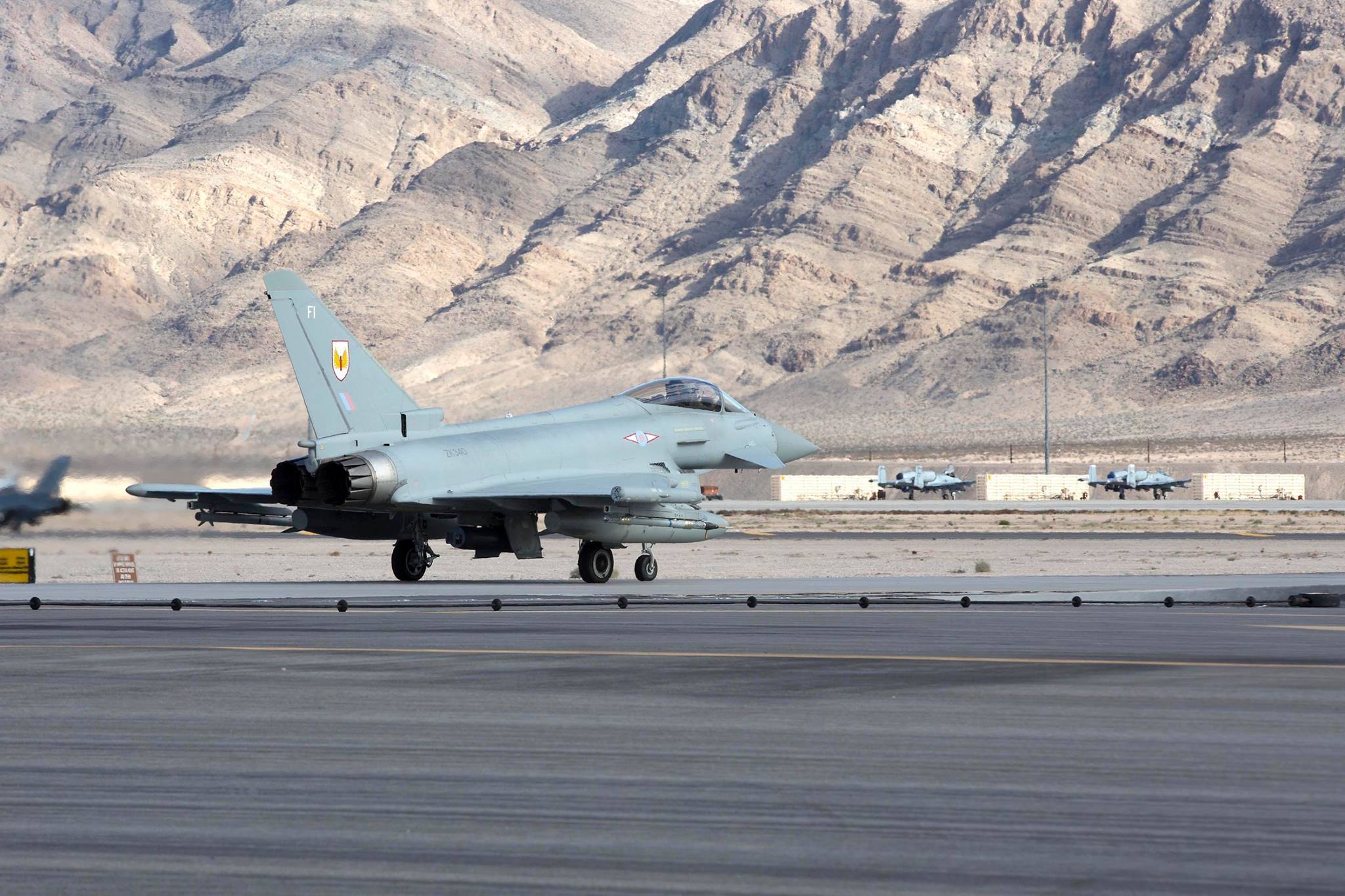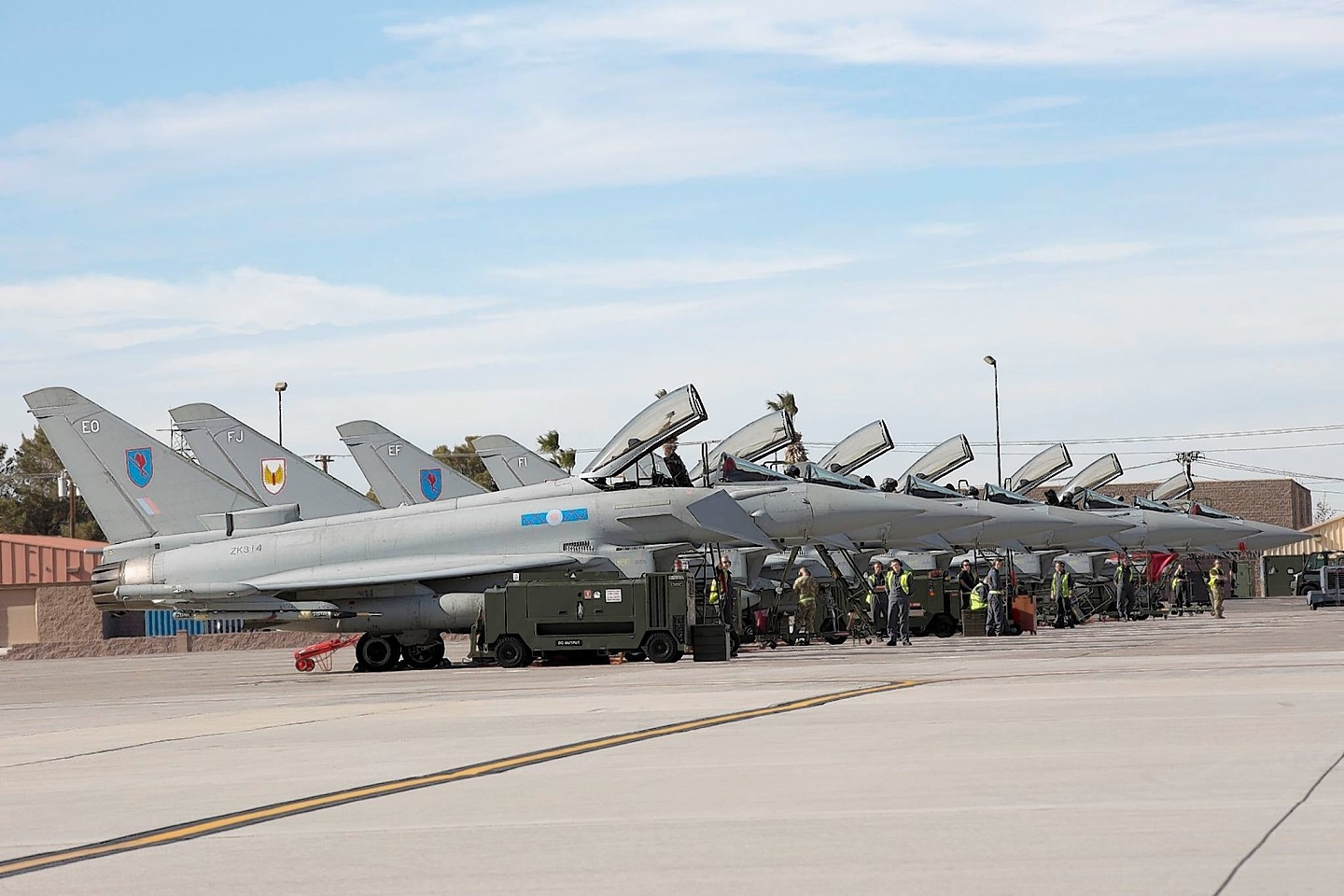Typhoon pilots from RAF Lossiemouth are being put through their paces in one of the most complex air warfare exercises ever staged.
In a series of challenging air-to-air and air-to-ground scenarios, the “top guns” from Moray are training alongside crews from the US and Australia at the Nellis base in Nevada.
The team from Lossie’s 1 (Fighter) Squadron made the trip across the Atlantic at the beginning of January to take part in Exercise Red Flag.
Group Captain Mark Chappell, who is the RAF commander at the exercise, said: “This is the culmination of months of hard work and preparation for the squadrons and, for many, this will be their first taste of what real world operations will be like.
“In addition, we have a team from 1 Air Control Centre who will provide essential tactical command and control for the whole exercise, supported by experts from the space and cyber domains.”
For the duration of the exercise Grp Cpt Chappell is also the vice-commander of the Air Expeditionary Wing.
The station commander of RAF Lossiemouth added: “It’s a privilege to be given the AEW vice-commander position, which demonstrates the unique relationship that we enjoy with our American partners.”
The Red Flag exercises began 40 years ago to address lessons learnt in the Vietnam War, where casualty rates among pilots fell significantly after their first 10 combat sorties.
By making air warfare training as realistic as possible, the ability of pilots to survive future air combat is greatly enhanced.
The training takes place in the clear skies of Nevada over the US Air Force’s premier military training area, which includes more than 15,000 square miles of airspace and 2.9 million acres of land.
On the ground there are 1,900 possible simulated targets, realistic threat systems and an opposing enemy force which includes a squadron of jet fighters.
Training on such a scale is not possible in Europe.

